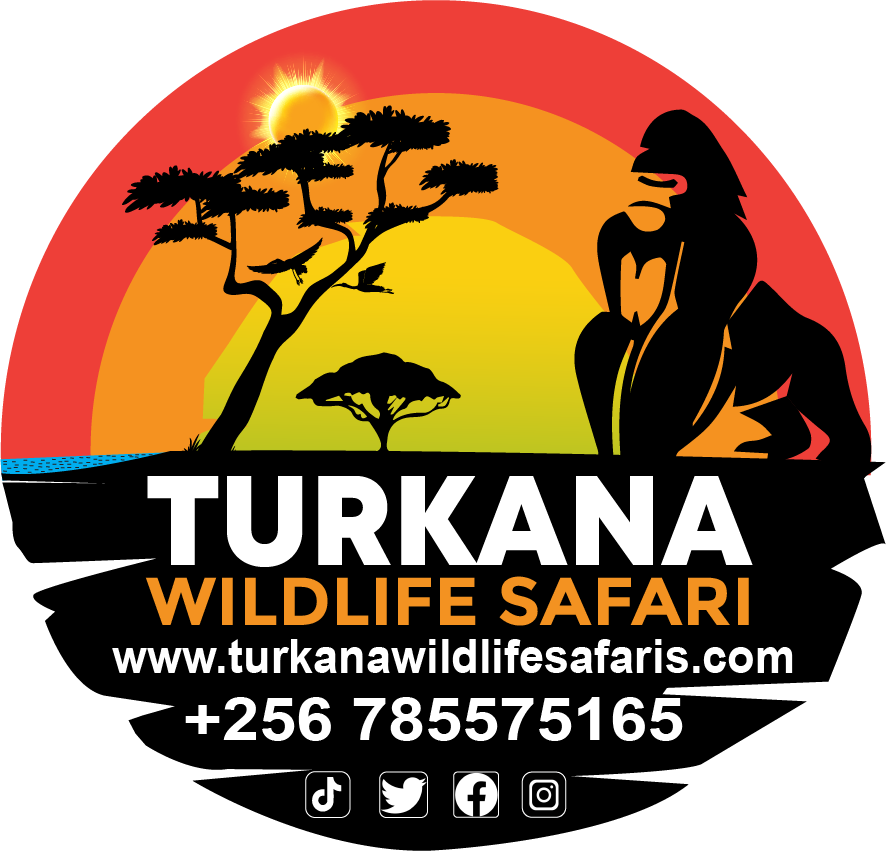
Uganda Eco-Tourism
Uganda Eco-Tourism
Uganda Eco-Tourism: Exploring the Natural Wonders of the Pearl of Africa
Introduction
Welcome to the enchanting world of Uganda, a land of breathtaking landscapes, diverse wildlife, and rich cultural heritage. Nestled in the heart of East Africa, Uganda is often referred to as the “Pearl of Africa” for its stunning natural beauty and abundance of unique wildlife. In recent years, the country has emerged as a top destination for eco-tourism, attracting travelers from around the globe who seek to experience the wonders of nature while contributing to its conservation. In this article, we will delve into the fascinating world of Uganda’s eco-tourism, exploring its diverse ecosystems, wildlife conservation efforts, and the unforgettable experiences that await adventurous travelers.
The Ecological Diversity of Uganda
Uganda is a land of incredible ecological diversity, boasting a wide range of landscapes that include lush rainforests, expansive savannahs, towering mountains, and serene lakes. One of the country’s most famous natural wonders is the Bwindi Impenetrable Forest, a UNESCO World Heritage Site and home to nearly half of the world’s population of endangered mountain gorillas. Trekking through the dense forest to observe these majestic creatures in their natural habitat is a once-in-a-lifetime experience that draws nature enthusiasts from all corners of the globe.
Another iconic destination in Uganda is Queen Elizabeth National Park, a sprawling savannah teeming with wildlife. Here, visitors can embark on thrilling game drives to spot the famous “Big Five” – lions, elephants, buffalos, leopards, and rhinos. The park is also renowned for its diverse birdlife, making it a paradise for birdwatchers.
For those seeking a more adventurous experience, the Rwenzori Mountains offer a challenging yet rewarding trekking expedition. Known as the “Mountains of the Moon,” this UNESCO World Heritage Site is home to snow-capped peaks, glaciers, and alpine meadows. The trek to the summit is a true test of endurance and offers breathtaking views of the surrounding landscapes.
Wildlife Conservation in Uganda
Uganda has made significant strides in wildlife conservation, recognizing the importance of preserving its unique biodiversity for future generations. The country has established a network of national parks, reserves, and protected areas to safeguard its natural treasures. These conservation efforts have not only helped protect endangered species but have also provided employment opportunities for local communities, promoting sustainable development.
One of the most successful conservation projects in Uganda is the Bwindi Impenetrable Forest Gorilla Conservation Program. This initiative focuses on protecting the critically endangered mountain gorillas and their habitat through community-based conservation efforts. By involving local communities in conservation activities and providing them with alternative livelihood options, the program has been instrumental in reducing poaching and promoting the coexistence of humans and wildlife.
Another notable conservation success story is the Murchison Falls National Park. This park is home to a diverse range of wildlife, including elephants, giraffes, hippos, and Nile crocodiles. Through anti-poaching patrols, habitat restoration, and community education programs, the park has witnessed a significant increase in wildlife populations, ensuring a sustainable future for these magnificent creatures.
Sustainable Tourism Practices
Uganda’s eco-tourism industry is built on the principles of sustainability and responsible travel. Tour operators and accommodations in the country strive to minimize their environmental impact and support local communities. Many lodges and campsites are designed to blend seamlessly with the natural surroundings, using eco-friendly materials and practices.
Community-based tourism initiatives have also gained popularity in Uganda, allowing travelers to immerse themselves in the local culture and support grassroots development projects. These initiatives often include homestays, cultural performances, and craft workshops, providing visitors with a unique insight into the lives of the local communities.
Furthermore, Uganda has implemented strict regulations for gorilla trekking, limiting the number of permits issued each day to minimize disturbance to the gorillas’ natural habitat. This ensures a more intimate and sustainable experience for visitors while protecting the well-being of the gorillas.
Frequently Asked Questions (FAQ)
1. How can I obtain a permit for gorilla trekking in Uganda?
To obtain a permit for gorilla trekking in Uganda, you must book through a registered tour operator or directly with the Uganda Wildlife Authority. Permits are limited, so it is advisable to book well in advance.
2. Are there any health precautions I should take before traveling to Uganda?
It is recommended to consult with a healthcare professional regarding necessary vaccinations and medications before traveling to Uganda. Malaria prophylaxis is highly recommended, as the country is located in a malaria-endemic region.
3. Can I visit Uganda on a budget?
Yes, Uganda offers a range of accommodation options to suit different budgets. From luxury lodges to budget-friendly guesthouses and campsites, there are choices available for every traveler.
4. Whatare the best times to visit Uganda for eco-tourism?
The best times to visit Uganda for eco-tourism are during the dry seasons, which are from December to February and from June to September. These months offer optimal weather conditions for wildlife viewing and trekking activities.
5. Are there any cultural experiences to explore in Uganda?
Yes, Uganda is rich in cultural heritage, and there are several cultural experiences to explore. You can visit traditional villages, participate in cultural ceremonies, and learn about the customs and traditions of different ethnic groups, such as the Baganda, Acholi, and Karamojong.
Conclusion
Uganda’s eco-tourism industry offers a unique opportunity to explore the natural wonders of the “Pearl of Africa” while contributing to its conservation and sustainable development. From the dense rainforests to the vast savannahs, Uganda’s diverse landscapes are home to a remarkable array of wildlife, including the endangered mountain gorillas. Through wildlife conservation efforts and sustainable tourism practices, Uganda is paving the way for a future where humans and nature can coexist harmoniously. So, pack your bags, embark on an unforgettable journey, and discover the magic of Uganda’s eco-tourism.
